"Al-Khwarizmi
Contribution: Muhammad ibn Musa al-Khwarizmi, commonly known as Al-Khwarizmi, was a mathematician, astronomer, and geographer who made significant contributions to algebra, trigonometry, and geography. Born in Khwarazm (present-day Uzbekistan) around 780 CE, Al-Khwarizmi's most notable work, ""The Compendious Book on Calculation by Completion and Balancing,"" laid the foundation for modern algebra and introduced the Hindu-Arabic numerals to the Western world.
In his work on algebra, Al-Khwarizmi developed systematic methods for solving linear and quadratic equations, as well as algorithms for arithmetic operations. His treatise on algebra served as a standard reference in Islamic and European universities for centuries, contributing to advancements in mathematics and paving the way for later developments in algebraic notation and symbolic manipulation.
In addition to his work on algebra, Al-Khwarizmi made significant contributions to trigonometry and geography. His treatise ""On the Calculation with Hindu Numerals"" introduced the Hindu-Arabic numerals and the decimal system to the Western world, revolutionizing mathematical notation and calculation methods.
Influence: Al-Khwarizmi's contributions to mathematics and astronomy had a profound impact on later scholars in both the Islamic world and Europe. His introduction of Hindu-Arabic numerals and the decimal system revolutionized mathematical notation and calculation methods, laying the foundation for modern mathematics.
In addition to his contributions to mathematics, Al-Khwarizmi's work on geography and cartography influenced later geographers and explorers, contributing to advancements in navigation and mapmaking. His treatise ""The Image of the Earth"" provided valuable insights into the shape and size of the Earth, as well as the coordinates of various cities.
Legacy: Despite his seminal contributions to mathematics and geography, Al-Khwarizmi's work was often overshadowed in Western scholarship until recent centuries. Many of his ideas were later attributed to European mathematicians and geographers, obscuring his role as a pioneer in these fields. However, contemporary scholars recognize Al-Khwarizmi as one of the most important figures in the history of mathematics and geography.
Notable Works: Al-Khwarizmi authored numerous treatises on algebra, trigonometry, and geography. Some of his notable works include ""The Compendious Book on Calculation by Completion and Balancing,"" ""On the Calculation with Hindu Numerals,"" and ""The Image of the Earth.""
Related Scholars: Al-Khwarizmi's influence extended to later Islamic mathematicians and astronomers, such as Al-Biruni, Ibn al-Haytham, and Ibn Sina. These scholars built upon his ideas and contributed to the flourishing of Islamic science and mathematics during the Golden Age.
"

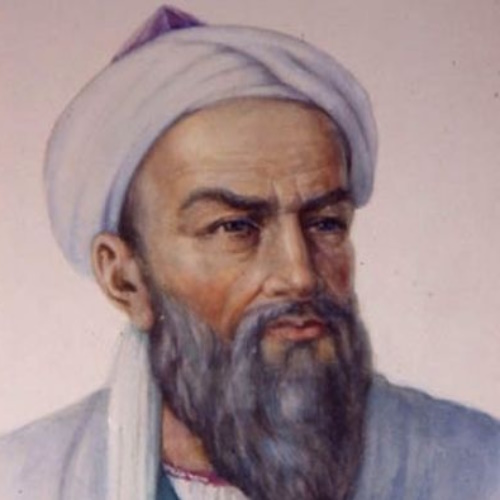


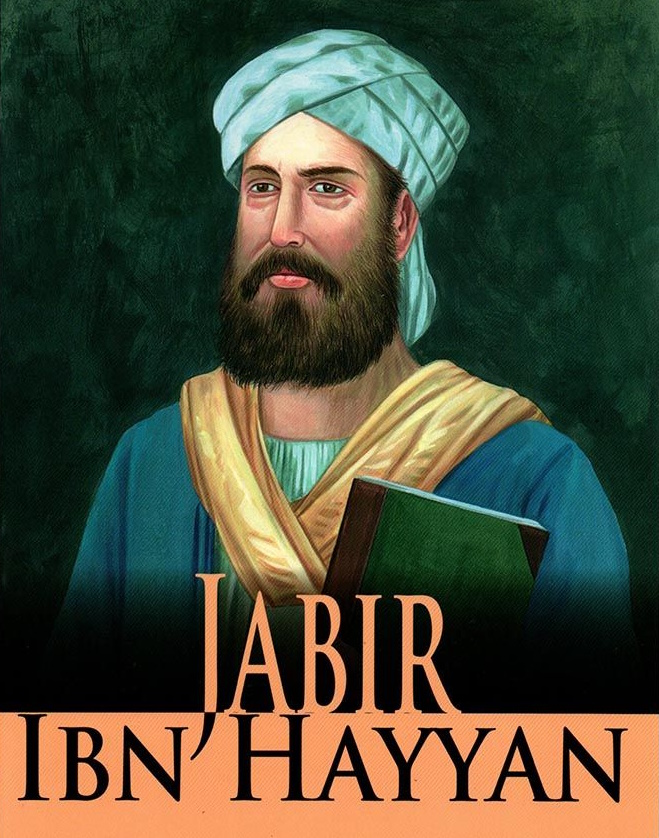



.jpg)


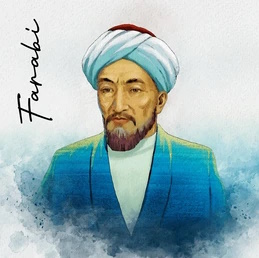

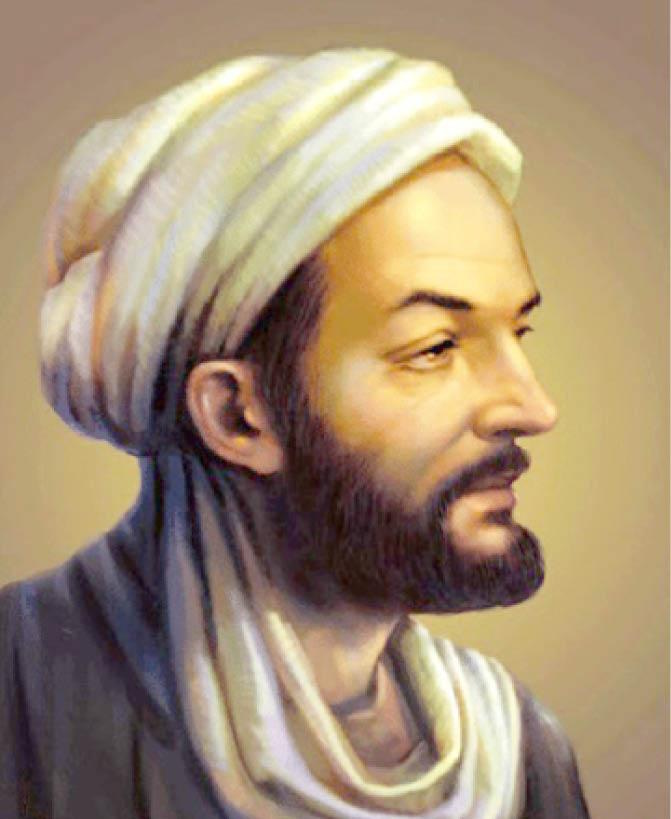


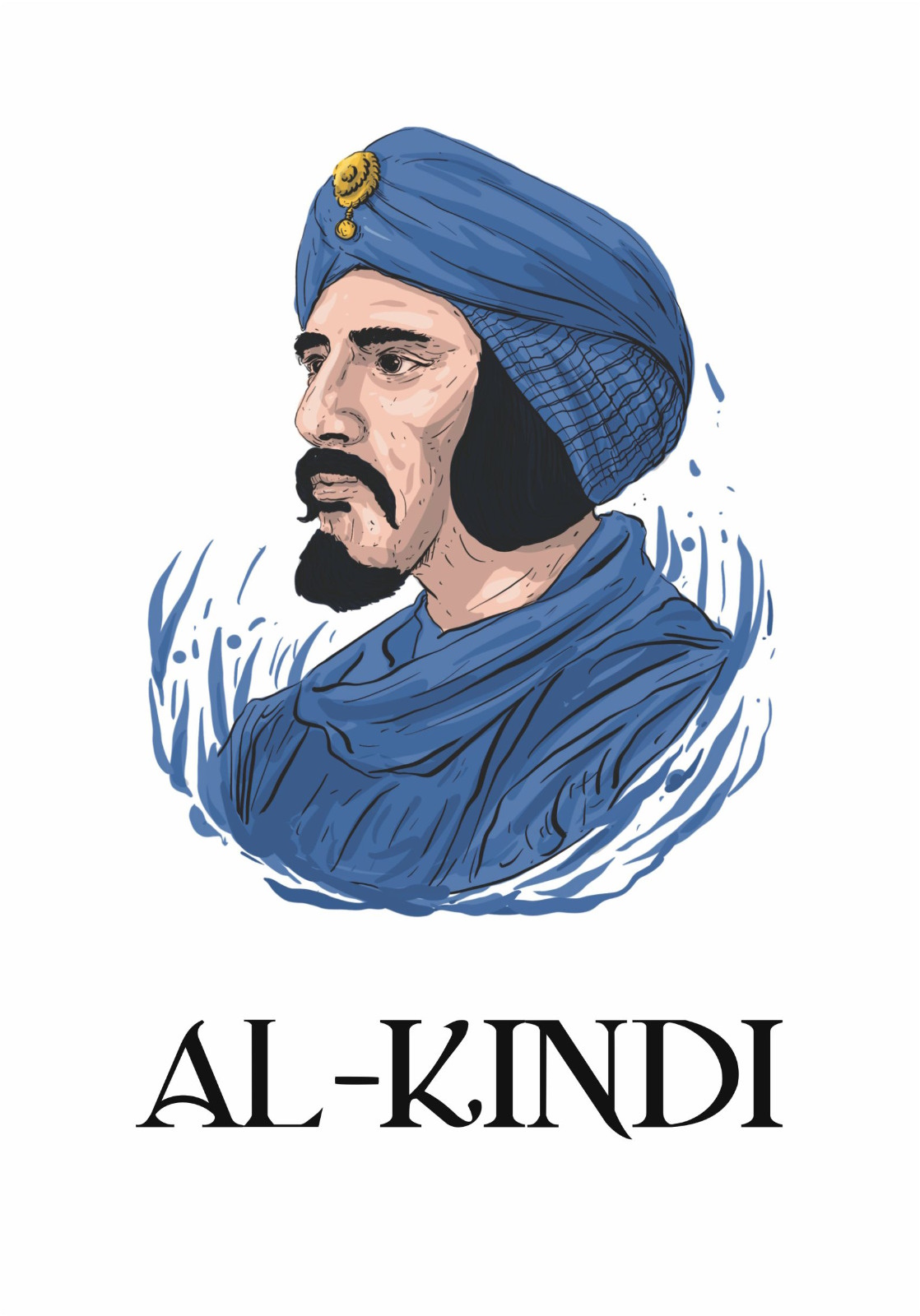







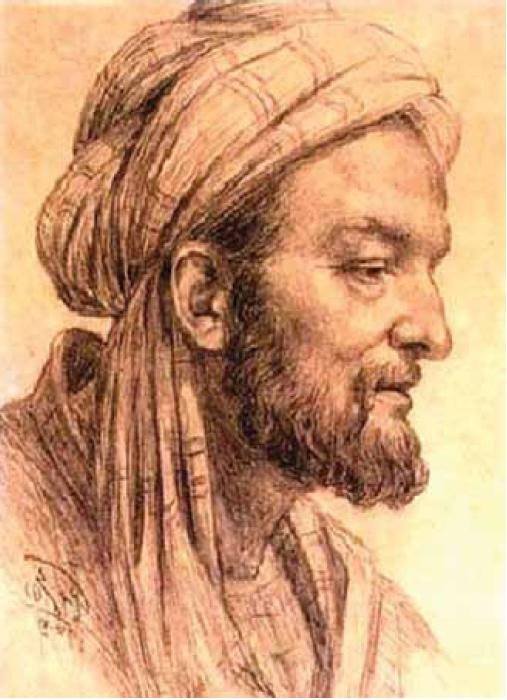



Issa Traoré
حذف نظر
آیا مطمئن هستید که می خواهید این نظر را حذف کنید؟
Sumaya El-Mahdi
حذف نظر
آیا مطمئن هستید که می خواهید این نظر را حذف کنید؟
Hassan Khoury
حذف نظر
آیا مطمئن هستید که می خواهید این نظر را حذف کنید؟